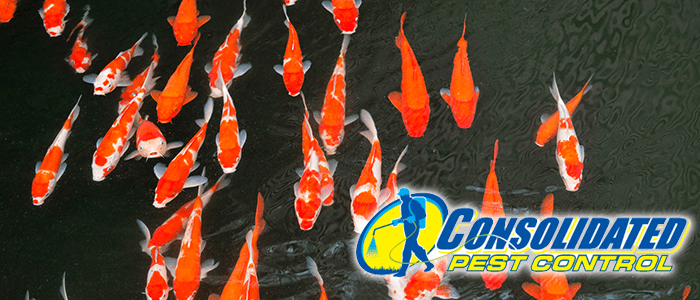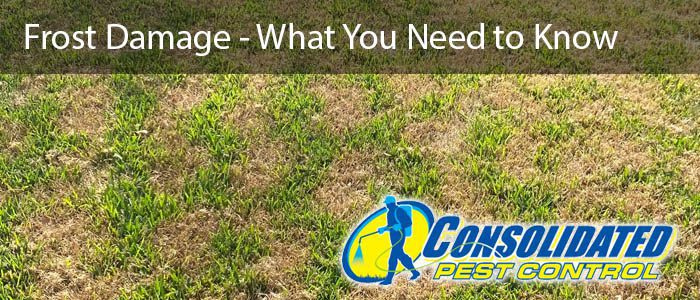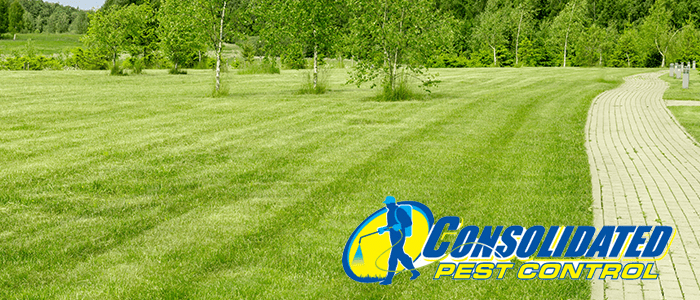
Midges are pesky little flies that live near water. Most midges look like mosquitoes or gnats. They are locally known by a variety of names including sandflies, no-see-ums, and black flies. No matter what they are called, they can be tough to control and practically impossible to eliminate entirely. The best way to tackle a midge infestation is to combine a variety of methods that will disrupt midge activities and reduce their population. Midges commonly live near water. They lay their eggs deep underwater, like mosquitoes, which then hatch and come to the surface to release the new larvae.
Step One: Introduce Predatory Species to the Water
Many species of fish eat mosquito and midge larvae. This is especially true of bottom-feeders like catfish and carp. Koi, goldfish, and guppies love to eat midges. If you are able, it would be beneficial to introduce some of these species to ponds or lakes near your home to shrink the midge population.
Another option is attracting dragonflies, frogs, or even bats to the area as they prey on the adult midge population. You can draw them to your area by planting vegetation that they are known to use for food or shelter. It is important to keep in mind that if you use chemical insecticides to kill the midges, these could also be harmful to any of these species that prey on them as well.
Step Two: Eliminate Standing Water
As previously stated, midges lay their eggs in water. During the winter they hibernate in cold, wet areas where standing water has accumulated. If you can eliminate or at least minimize standing water, you can effectively reduce the midge population in your area. Drain backyard ponds before winter hits. Empty out rain barrels and bird baths.
Step Three: Reduce or Eliminate Outside Light
Midges are attracted to light, so anything you can do to reduce the amount of light around your home can help to reduce the midge population. Only turn on outside lights if necessary, especially during the spring and summer months. Close your blinds at night and move lamps away from the windows. Avoid installing lamp posts if at all possible.
Step Four: Use Larvicide in Water Habitats
Use these chemicals in areas where midges breed. This effectively reduces the midge population by killing them off before adulthood. Chemicals such as Bacillus thuringiensis var. israelensis are effective against midges. However, the quantities that a proper treatment requires make it a temporary solution. In addition, for large bodies of water, larvicide may be cost prohibitive. The amount of chemicals you need to reach the midges at the bottom is very high.
Step Five: Use Insecticide on Surfaces for Adult Midges
Concentrate your efforts on surfaces like walls and around light fixtures. Insecticides may help temporarily with adult populations, but it is not a permanent solution due to the rapid repopulation cycle. Any eliminated swarm will likely be replaced in a matter of only a few days when the next generation of midges arrives.








